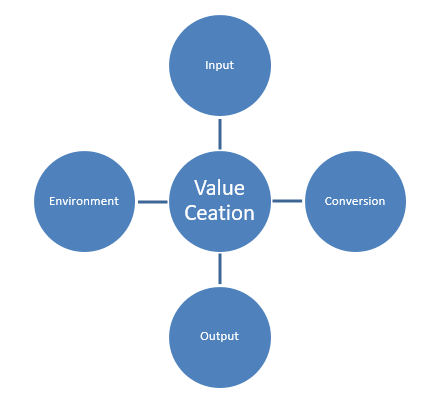Introduction
As part of understanding the organizational theory and its design, this assignment analyzes Etihad Airways, an airline company in Abu Dhabi. The organization theory has become a major area of study that provides an understanding of various issues of a firm. The airline company has established itself in the market as the world-leading airline.
Background
In late 2003rd, the royal decree, Amiri, established the firm’s operations. Its first commercial operations began in Beirut. It has since grown to be a benchmark of commercial aviation. Etihad has over 60 destinations that are centrally managed in Khalifa City, Abu Dhabi. The airline is maintaining its international workforce who stands at about 24,000. The company has also grown by its objectives through formidable partnerships and sponsorship deals that are of mutual benefit to the parties involved.
Also, the effectiveness of top management is attributed to its development since its establishment in the past decade. The company is barely turned 15 years old since its formal incorporation but has become a major landmark in the airline business. It can also be seen that the airline has diversified its operations in major cities in the world. This has been achieved through proper marketing and efficient service delivery.
Activities involved
Etihad Airways mainly provides services in the aviation field as its main commercial operation. This infers that it offers flight services which include passenger and cargo transportation in all its destinations. It owns multiple airplanes that operate all its destinations. The other auxiliary services that it offers include audit, tax, and human resource consultancies. These services have boosted the value added to the firm. It has marketed the firm to various segments of the economy.
As seen in its previous annual reports, the company has a better financial position. The statement of financial position has balanced assets and liabilities together with its financing activities (capital). Furthermore, the huge profits and revenues have offset most of its expenditures and have created favorable dividends to its shareholders. These annual reports attest to the company’s mission of being hospitable to its valued clients. Their main goal is to become the superpower provider in the aviation industry.
A model showing their value creation:

Value creation refers to the worth of a company created by its products. Most models will incorporate input, conversion, output, and environment. As for inputs, the airline has indulged in various resources at its initial stages. These resources include funds, high paid and qualified personnel, seminars, and workshops that come with proper training and various consultations. It results in positive eventualities.
At the conversion level, the airline tries to indulge the input resources into the meaningful delivery of services. Some things done at this level are proper directing and controlling, staffing with the right human resource panel, and planning of the overall structure. The output stage will include the real-time results observed. These results create value, if and only if, they are properly interpreted. The environment comes as a constraint. Therefore, for objectivity and other aims, some environmental factors are assumed to be held constant. This, therefore, means that the airline has fully evaluated its value chain and has allowed the environment to be the limiting factor that could hinder the airline business.
Conclusion
The Etihad airline, according to its design and organizational structure, is continuing to become a bigger and better airline provider. It has a rich background that gives a deep understanding of how the firm came to be. The firm has managed to be one of the best airline providers in the aviation industry by incorporating all the basic components of value chain creation.